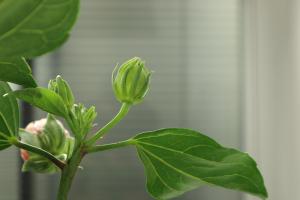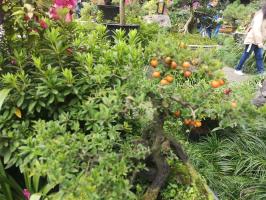1、 Soil:
Blue cloth skirt has strong adaptability and lax requirements for soil, but it is suitable for cultivation in soil with moderate viscosity, fertility and looseness and good drainage
2、 Temperature:
Blue cloth skirt is not resistant to cold and high temperature. The suitable temperature for growth is 5-25 ℃. Do not be too high or too low. Too high temperature will slow down the growth rate of plants, and too low will lead to plant wilting
3、 Watering:
The blue cloth skirt should be watered properly at ordinary times to ensure that the basin soil is wet. Do not water too much, otherwise it will produce ponding and easy to rot roots. When the weather is hot, the watering times can be appropriately increased
4、 Illumination:
Blue cloth skirt likes a sunny environment. Its growth needs sufficient light. During cultivation, it should maintain a light environment that can shine all day or half day
5、 Precautions:
1. Disease:
The main diseases of blue skirt flower are rust and powdery mildew, which will cause a large number of leaves to fall off and affect its growth. Diniconazole wettable powder and ammonium substituted solution can be sprayed for control
2. Pests:
The main pests are scale insects and red spiders, which will harm the leaves and fruits of plants. Chemical agents such as dicofol emulsifiable concentrate and Omethoate emulsifiable concentrate can be sprayed for control

 jackfruit
jackfruit snake plant
snake plant hibiscus
hibiscus hydrangea
hydrangea lavender
lavender Green roses climb al...
Green roses climb al... If you don't pay att...
If you don't pay att... Management of four g...
Management of four g...

































